Writing can be such a fulfilling activity. There’s a sort of special satisfaction that comes when you’re able to express yourself clearly and tell a story that resonates well with others.
You feel like you’ve done it right, and that feels great.
It is such an enriching learning experience that teachers encourage writing not just in the typical English class, but across all subjects.
It’s an effective way to measure a student’s understanding of any material and helps them recall information.
From the school setting to making it your side hustle, strong writing skills definitely bring something to the table.
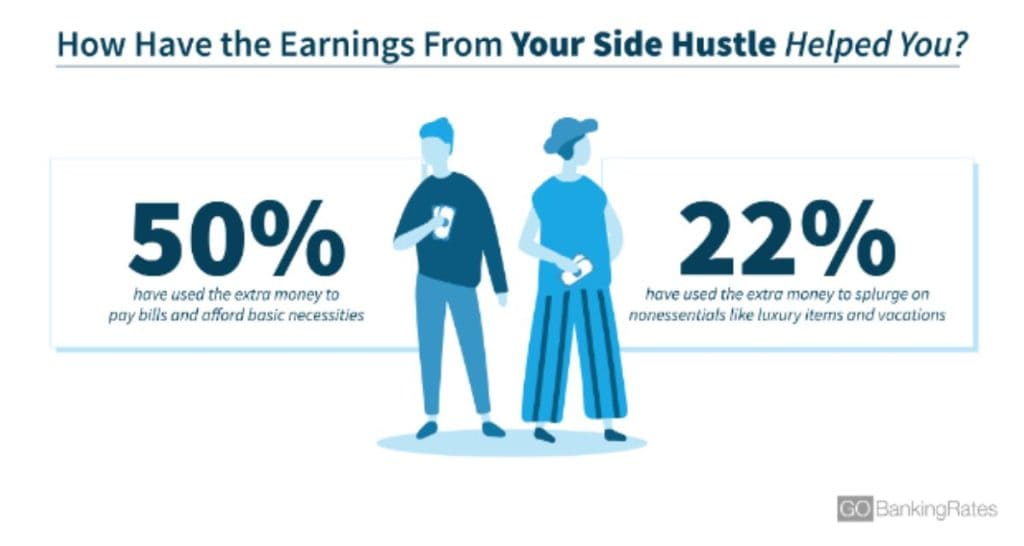
But as all writers experience, starting from scratch can feel overwhelming. You might find yourself stuck on a blank page for too long.
Thankfully, there are prewriting strategies to guide the way.
Whether you’re a student or a professional looking to enhance your writing skills, a prewriting strategy can boost your success.
So read on, get back on track, and never miss a beat.
Key Takeaways:
- Prewriting strategies save time, reduce stress, and improve writing clarity.
- Techniques like journaling, freewriting, and brainstorming spark fresh ideas.
- Visual tools such as mindmaps, storyboards, and Venn diagrams help organize thoughts.
- Outlining, categorizing, and questioning create structure and refine focus.
- AI tools like Undetectable AI assist with brainstorming, humanizing, and plagiarism checks.
- A clear prewriting routine builds consistency and boosts long-term writing success.
The Best Prewriting Strategies to Improve Your Writing and Make You More Efficient
Prewriting sets the stage for your paper, article, or story.
Strategies for effective writing help plan and organize your thoughts before you start writing.
You can clarify your thoughts and structure how you’ll approach your writing, with the added benefit of making the work much less daunting.
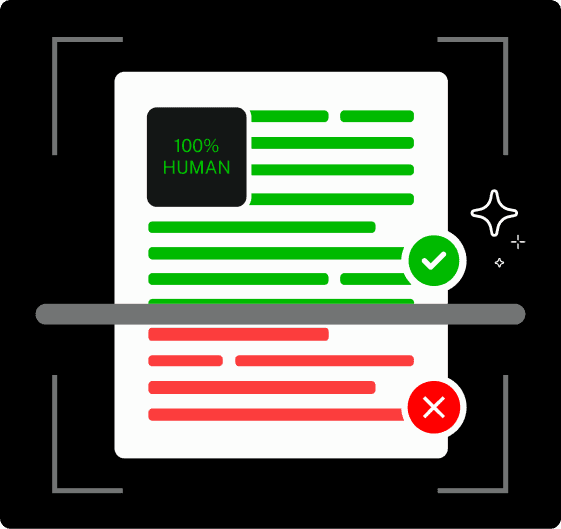
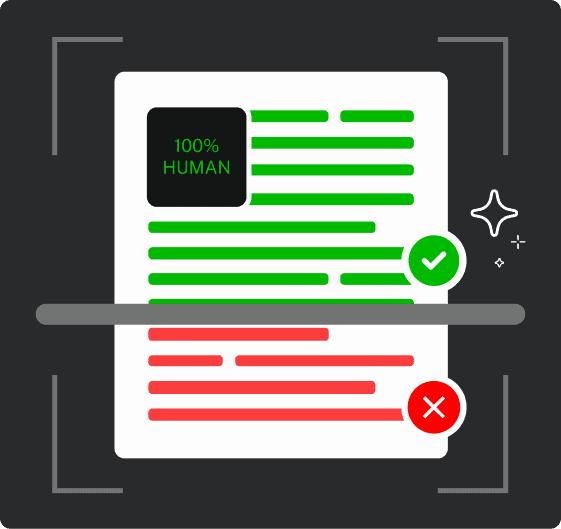
Never Worry About AI Detecting Your Texts Again. Undetectable AI Can Help You:
- Make your AI assisted writing appear human-like.
- Bypass all major AI detection tools with just one click.
- Use AI safely and confidently in school and work.
Using prewriting strategies also helps prevent the frustration of writer’s block, giving you a clear roadmap to follow and revisit as you develop your ideas.
We’ve listed everything you need here – a modernized list that includes the responsible use of AI for creativity.
Here are the best rewriting strategies to help you get started on the right foot.
1. Journaling
We generally think of journaling as a way to write down our thoughts, and that’s how it works for writing as well.
It’s a personal safe space to scribble anything related to what you plan to write.
With this strategy, you can address the five W’s (Who, What, When, Where, Why) and one H (How).
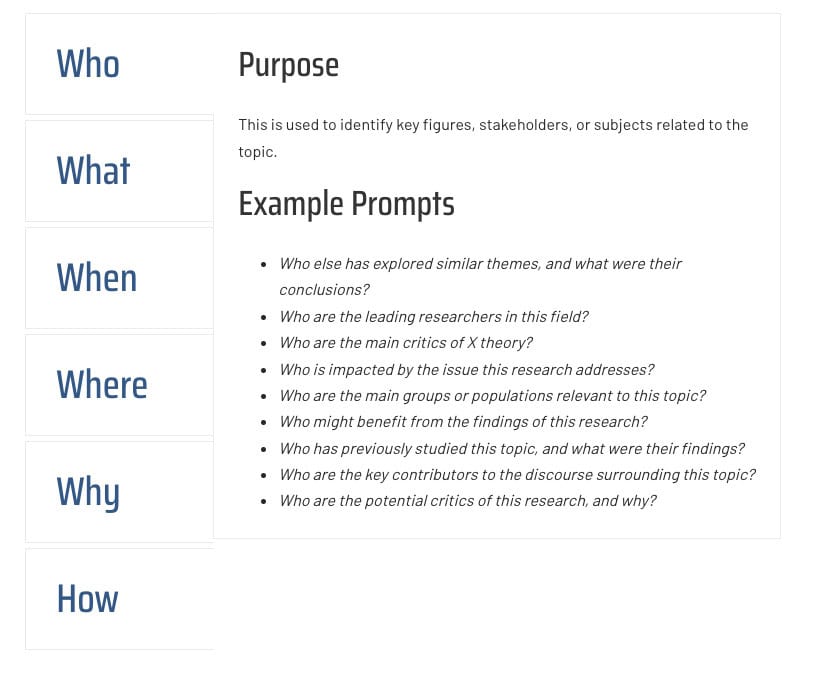
You’ll end up with a collection of ideas to pull into your writing.
This consistent writing habit makes the transition to more structured writing tasks much smoother.
2. Freewriting
Keep your foot on the gas. It’s your chance to write without having to worry about the nitty-gritty, like grammar or structure.
The goal here is more to let your thoughts flow freely into the page and capture whatever comes to mind.
Put pen to paper (or fingers to the keyboard) and write non-stop for around 10-15 minutes.
By writing without worrying about the restrictions, you get to clear your mind of distractions and other irrelevant thoughts.
This results in finding more valuable ideas. It’s also really just easier to keep going once you start writing.
3. Brainstorming

Not sure where to start? Start brainstorming. Within a short amount of time, you come up with a lot of ideas about a specific topic.
This is a highly effective prewriting strategy because, without even realizing it, you’re already able to explore different angles and perspectives.
To keep up with modern times, ChatGPT has been used as the ultimate productivity tool.
This saves you a lot of time and effort, letting you use different strategies while letting the AI tool provide additional resources for you.
But with great power comes great responsibility.
It’s important to make sure that any AI-generated content stays authentic to avoid the stigma that’s still attached to AI use.
Using AI detection tools like Undetectable can help polish your AI content within seconds.
AI detectors analyze the text for patterns that are typical of AI-generated work. This lets you clearly see what needs some fine-tuning.
Undetectable also has a AI Humanizer that lets you adjust these patterns to match actual human writing.
Thanks to tools like Undetectable, you can protect your content while still being able to maximize your potential with responsible AI use.
4. Clustering/Mindmapping
Clustering—or mindmapping—is a common visual brainstorming technique where you map out the ideas related to a certain concept.
This is a great prewriting strategy because it allows you to see the connections between different ideas and helps you organize them in a more logical structure.
To mindmap successfully, start with your main topic in the center of a page.
Draw lines to subtopics, and from each subtopic, you can branch out further into more specific ideas.
This visual representation lets you organize your thoughts in a visual way and makes sure that you get to cover all the aspects that are related to your topic.
This way, you don’t miss out on the details and get everything covered.
5. Sketching
A picture is worth a thousand words, as we all say.
How about making that picture by sketching it? Having a visual representation of your ideas – made through maps, diagrams, or even just drawings – makes them easier to understand.
This is especially helpful for visual learners, who often retain and understand information more effectively through imagery and spatial relationships
For example, if you’re writing about a historical event or scientific process, sketching it out first can help you visualize key relationships, timelines, or underlying systems.
It’s a low-pressure way to engage with the material while giving your brain room to explore ideas freely—before locking them into structured paragraphs.
6. Listing
There’s nothing more straightforward than listing down your ideas.
Compared to the more ‘chaotic’ way of getting ideas, listing allows you to organize your thoughts in a much more linear format.
To make a successful list of ideas, always start with a broad category that’s related to your topic.
You can then write down all the other related ideas or points below it. You can even categorize each further down and refine your lists as needed.
It’s neat and organized, making sure you don’t miss anything.
7. Outlining
One of the most tried-and-true strategies for effective writing is making an outline.
Outlining organizes your main ideas and the supporting details, which are arranged in a structured format before you write.
It simply works because you have a blueprint to follow for your writing. This makes sure that you don’t get lost in the process.
Make a list of your main points and break them down. Under each key point, list the supporting details.
The structure you make here is hierarchical, so there’s already an overall flow that you could follow for your piece.
8. Questioning
Stay curious. Questioning lets you ask a series of questions about your topic.
You’ll notice that as you ask more, the deeper and narrower you get with your focus.
As a prewriting strategy, you get to generate ideas and determine the direction that you want to write in.
For instance, if you plan on writing about climate change, you might ask questions like:
- What causes climate change?
- How does it affect different regions?
- What are the potential solutions?
- Can individuals do anything to help?
By answering these questions, you can refine a broad topic into something more manageable.
9. Looping
Looping is a prewriting strategy with focused freewriting sessions to develop your ideas.
You usually start with an initial 10-minute freewriting session, which then leads you to an interesting idea that’s based on what you wrote.
You repeat this process multiple times, and with each new freewriting session, you get more specific than the previous one.
After a few rounds of looping, you should be able to have a collection of detailed, specific thoughts that clear your approach to the topic.
10. Talking

How about getting ideas from your colleagues? Discuss your topics and ideas with others to clarify your thoughts and even gain new perspectives throughout the conversation.
Talking works so well because you can express your ideas out loud and receive constructive feedback.
You might want to talk to a friend, your colleague, or a mentor that you look up to who knows a lot about your topic.
Explain what you plan to write and listen to what they have to say. It’s a healthy form of dialogue where everyone learns.
11. Researching
This one’s a no-brainer. Collect information by doing some research.
Get the books you need and search online for articles and websites from credible sources that you can use to support your writing.
This strategy gives you a solid and accurate knowledge base for your work. But as you gather your sources, it pays to cite them properly.
Research responsibly and give credit to the original authors.
Any form of plagiarism, even when done unintentionally, can lead to some really serious consequences, which makes ethical research practices so important.
To stay safe, run your work through an AI Plagiarism Checker. It helps you identify unintentional overlaps, ensures originality, and keeps your content both credible and trustworthy.
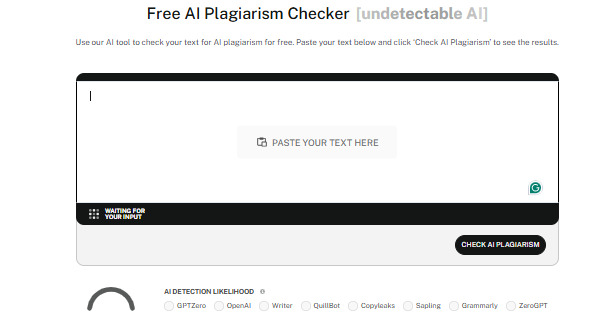
12. Categorizing
Sort your ideas into categories. As a prewriting strategy, categorizing helps you structure your writing into easy-to-read sections.
This can be done by first creating lists or using index cards for different categories. You can then arrange them in a logical order.
So if you’re writing an essay on a broad topic like the benefits of technology, you might need to categorize it into sections like healthcare, education, communication, and entertainment.
This is an effective method that ensures your writing is organized and each section is well-thought out.
13. Storyboarding
Storyboarding can also work when you’re writing something. This gives you a visual outline for your narrative by sketching out the key scenes or points as a sort of sequence.
Identify the main event you want to include, and then draw a series of boxes. Each box represents a different scene or point you want to include.
This visualization helps you see where your story is going and make adjustments before you even begin writing.
14. Venn Diagramming
If you want a visual organizer, you can’t go wrong with a Venn diagram. Draw two or more overlapping circles and label each with a subject or idea that you want to emphasize.
In the overlapping sections, write about the similarities, and in the non-overlapping parts, point out the differences. This is perfect for visually comparing and contrasting ideas.
15. Heart Mapping
Heart mapping is a creative prewriting strategy where you draw a heart and fill it with words and phrases (sometimes images, too) that represent the ideas related to a topic.
It’s a more personalized technique that goes more into your own experiences and emotional connections to the subject.
This is why heart mapping is so useful for creative and authentic writing.
Practical Tips for Effective Prewriting Strategy
Mastering the art of prewriting doesn’t just happen overnight.
By taking the time to develop a clear prewriting strategy, you can streamline your writing process, saving you time and reducing stress along the way. Here are some handy tips you should know.
Set Prewriting Goals
Even the prewriting process will need some goals to stay on track.
You don’t just randomly pick a strategy and go along with it. Know what you want to achieve before you start writing.
Understand the purpose of your work. Find the best possible ways to narrow your topic down and gather information.
Having these clear goals keeps you in the right direction.
Create a Routine for Prewriting
Prewriting isn’t a one-and-done thing, either. Create a routine, and this means dedicating time, to planning and organizing your writing.
Having this consistent schedule helps build a habit that reduces procrastination and avoids being burnt out from the piled-up overload.
Stay Open-Minded
Staying open-minded during the prewriting phase means you’re willing to explore different angles and perspectives.
There’s no final output while prewriting, so adjust your outline and lists if new ideas come up.
Use AI Writing Tools to Refine Your Process and Final Output
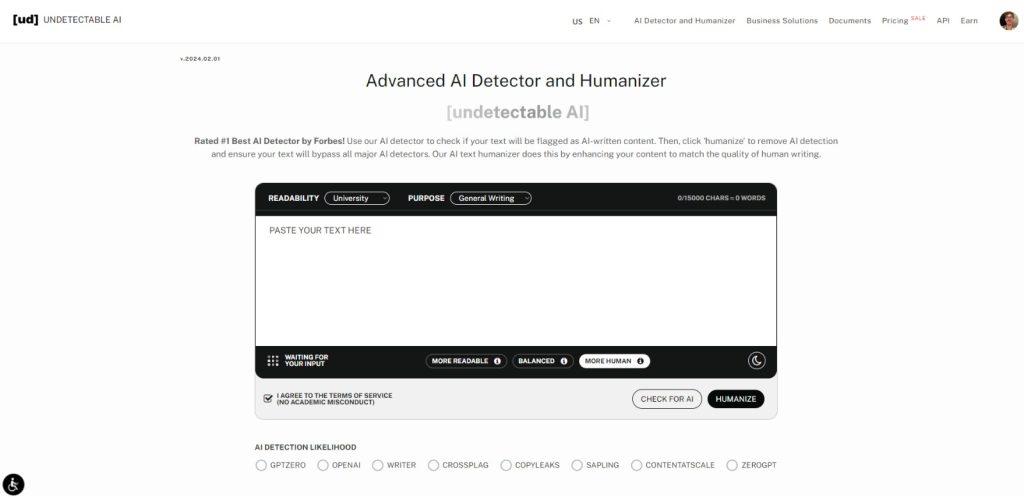
Using AI tools is the way to go nowadays. It helps you stay competitive and maximize your resources.
But it’s equally important to always be sure that your content stays authentic and credible, so have Undetectable AI as your go-to tool for detecting and humanizing AI-generated content.
You won’t just maintain your credibility but also improve the quality of your writing.
Need help getting started with research or clarifying your topic?
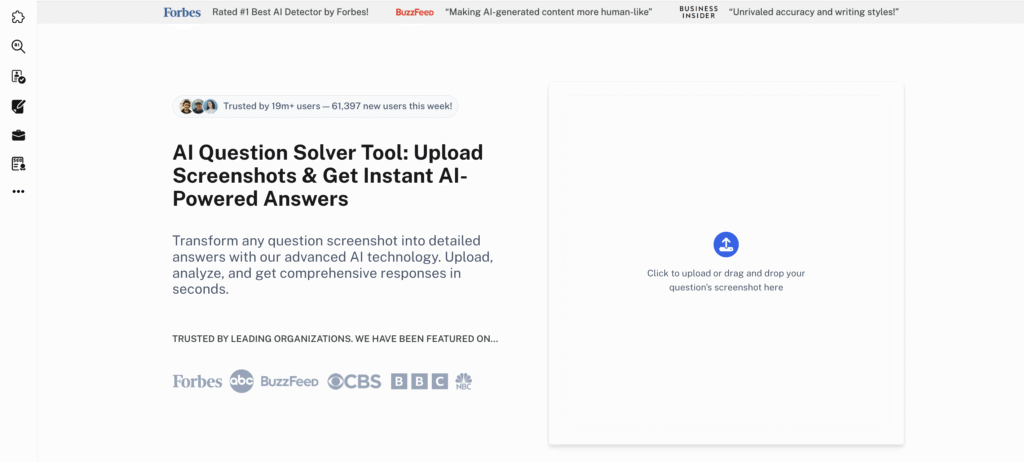
Try AI Question Solver — it instantly delivers accurate, well-structured answers to any question, helping you lay a strong foundation for your writing.
Whether you’re brainstorming, outlining, or refining your draft, it’s the perfect companion to sharpen your focus and save time.
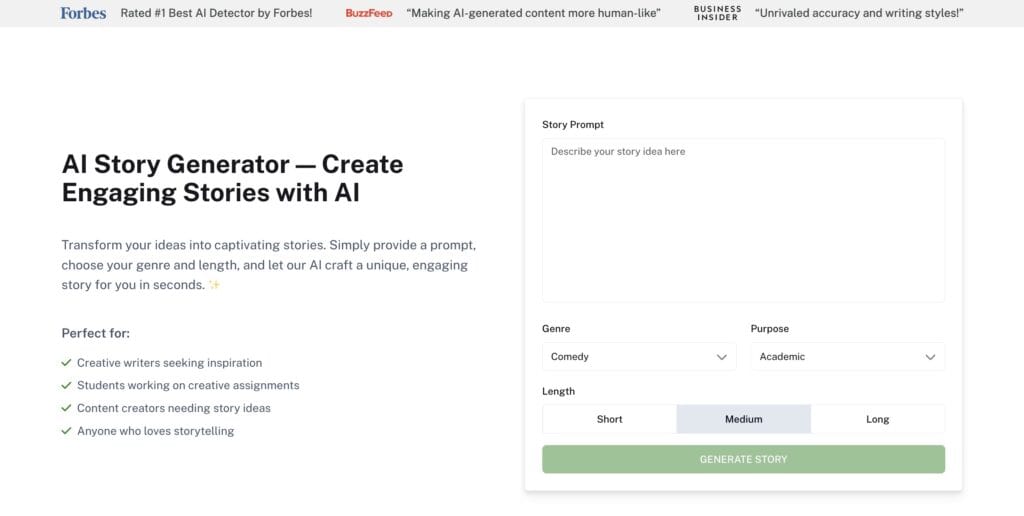
For writers tackling complex narratives or detailed articles, translating initial ideas into a solid outline is crucial.
Our Undetectable AI’s Story Generator is designed to simplify the prewriting stage by generating structured outlines and plot progressions from just a simple core idea.
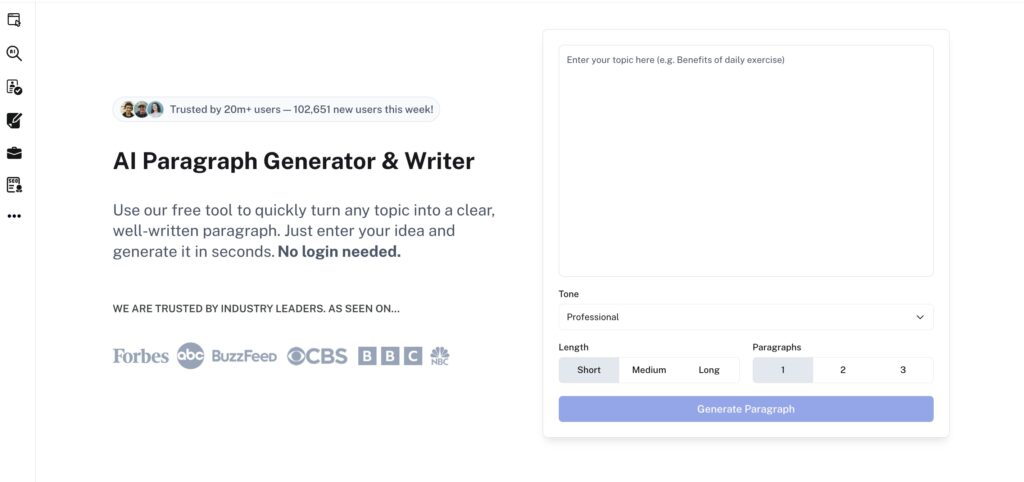
You can also use Undetectable AI’s AI Paragraph Generator and Writer to jumpstart your writing once your prewriting phase is complete.
It helps turn your outlines, mindmaps, or lists into structured, engaging paragraphs that flow naturally.
Whether you’re expanding an idea or building your first draft, it bridges the gap between planning and polished writing—so you can write faster without losing your unique voice.
Ensure your content sounds human and reads naturally. Explore the widget below.
Conclusion
Prewriting strategies are your ticket to writing smarter, not harder. Investing time in planning an effective prewriting strategy can actually save you more time in the long run.
So go ahead and look into these options to find what works best for you.
Time is gold, and we know the value of using AI tools.
Whatever prewriting strategy you choose, strengthen it with Undetectable AI’s Humanizer, Question Solver, and Plagiarism Checker to keep your work authentic, accurate, and original.
Empower yourself to achieve your writing goals with confidence and ease.
Try Undetectable AI today and experience a better way to write.
